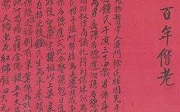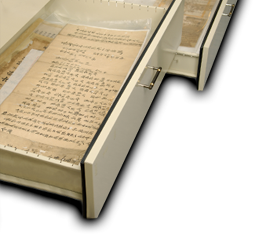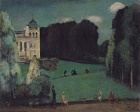
Author: The Archives of Institute of Taiwan History
The development of Guanxi area began in 1791, when Wei Agui of Zhuqian Village arrived the east side of Xinpu. This collection comprises land records, personal contracts, licenses, and allotment agreements among devisees of the Zhang family of Hudu Village, as well as relevant documents about Wei Agui’s offspring. It is a source for understanding the development of Guanxi area, especially the developing trace of the Zhang family, the uniqueness of Hakka written language, and the early interactions between the plain aborigines and the Han settlers. Besides, these documents are precious for studying women’s life from the late Qing to the early Japanese colonial period.




